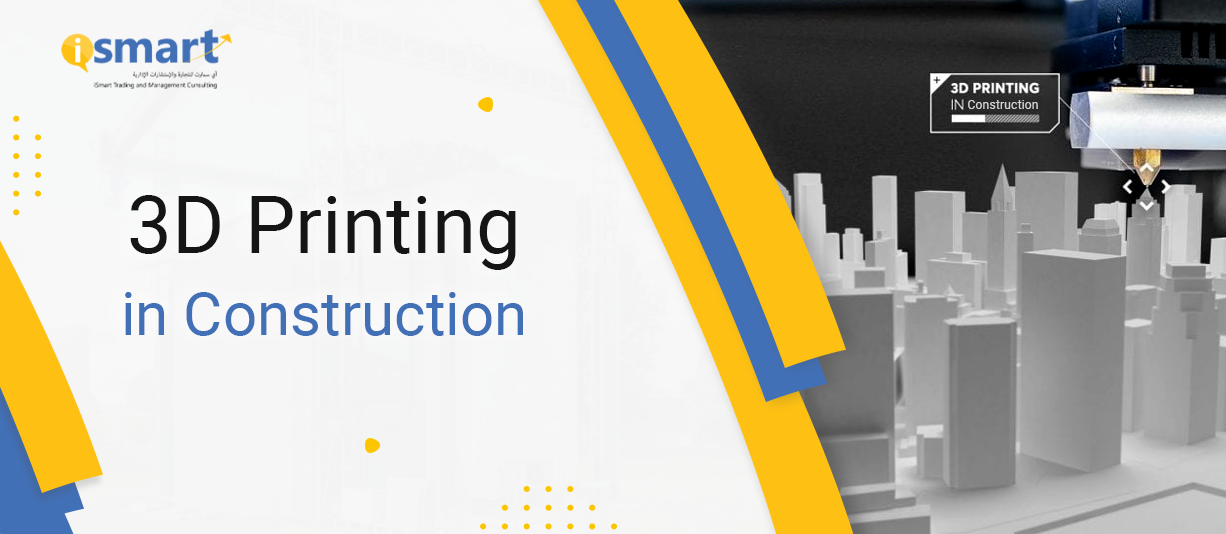3D Printing in Construction
3D printing business is growing up nowadays in industrial business, medical, construction, and other different businesses. The 3D printing increases to create residential, commercial, and industrial buildings. As an example, in 2015, Winsun Decoration Design Engineering, a corporation based in Shanghai, built around ten residential houses in 24 hours. The company is to disclose the value of making each house was US$ 5,000. The Prime Minister of the United Arab Emirates announced that around 25% of the city’s new buildings would be built using 3D printers by the top of 2025[1]. In this article, we will focus on the advantages and disadvantages of 3D printing in construction sector.
Why 3D is going to change the construction sector?
1. Providing flexible Design since it has low design restrictions
2. Inexpensive and rapid Prototyping, which allows each stage to be finished in hours and for its modification as well.
3. Minimizing Waste since produced parts only requires the materials needed for the part itself.
4. Cost Effective regarding saving time. Set up the 3D printer and no need for operators to be present the entire time. In addition to reducing costs on materials.
5. Environmentally Friendly in terms of reducing the amount of material wastage.
6. reducing injuries while in the field
On the other hand, 3D printers have some negatives regarding:
1. Limited Materials regarding selection of raw materials because not all metals or plastics can be temperature controlled enough to allow 3D printing.
2. Restricted Build Size due to the restricted the size of the chamber. Bigger sizes need to be printed in separate parts and joined together after production; increasing costs and time for larger parts.
3. Post Processing regarding cleaning up to smooth the surface to achieve the required finish. This includes water jetting, sanding, a chemical soak and rinse, air or heat drying, assembly and others. Therefore, while 3D printing allows for the fast production of parts, the speed of manufacture can be slowed by post processing.
4. Part Structure where parts are produced layer-by-layer. Although these layers adhere together, it also means that they can delaminate under certain stresses or orientations. In certain cases, it may be better to use injection moulding as it creates homogenous parts that will not separate and break.
5. Reduction in Jobs in terms of human labor.
6. Design Inaccuracies related to the type of machine or process used, with some printers having lower tolerances, meaning that final parts may differ from the original design. This can be fixed in post processing, but it must be considered that this will further increase the time and cost of production[2].
----------------------------------------------------------------------------
[1] https://readwrite.com/2020/04/21/3d-printing-10-ways-it-could-transform-the-construction-industry/
[2] https://www.twi-global.com/technical-knowledge/faqs/what-is-3d-printing/pros-and-cons
Article or Post Details
2021-01-26

Muqawlat

